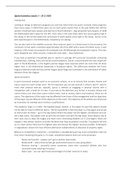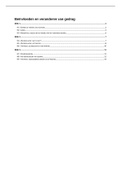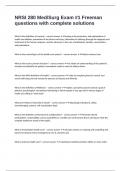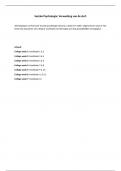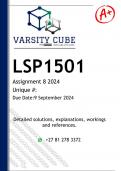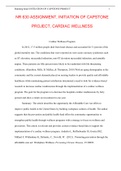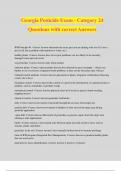Lecture notes
College notes Sport Economics (EBB920A05) The Economics of Sports
- Module
- Institution
- Book
In the document, all Sports Economics slides are merged into a PDF in text form. Some slides give some extra information, the graphs are also inserted.
[Show more]
